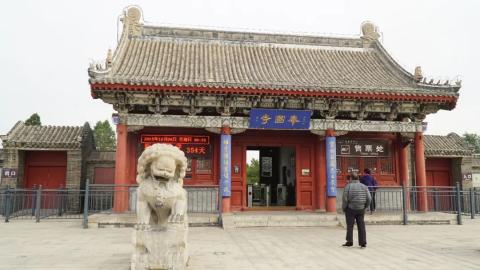
We left Jinzhou after the North Putuo Mountain. After yesterday's guide, we felt that returning like this was a waste of opportunity, so we chose Yixian and headed north about 100 kilometers on the way back to Shenyang from Jinzhou.
On the way out of Jinzhou, I stumbled across the "Distribution Pool Battle Memorial Hall". I knew this was an important battlefield in the battle against Jinzhou, but unfortunately I didn't have time to stop and see it.
When we entered Yi County, we chose the government guest house. It has a big yard and convenient parking. It became quiet immediately after leaving the Beijing-Shenyang Expressway, and it was far less busy.
On the morning of the tenth day, we went to find the Thai Temple. It is basically located in the county town and is easy to find. There is a parking lot next to it.
Fengguo Temple is located in Yi County, Jinzhou City, Liaoning Province, China. It was first built in the ninth year of Kaitai (1020) in Liaoning. It was first named Xianxi Temple and later renamed Fengguo Temple. Fengguo Temple covers an area of about 60,000 square meters.
The Liao, Jin and Yuan Dynasties were the heyday of Fengguo Temple. By the Ming and Qing Dynasties, only the Main Hall remained. In the Qing Dynasty, the six-cornered bell pavilion, four-cornered stele pavilion, Wuliang Hall, archway, small mountain gate and West Palace Zen Temple were built. Fengguo Temple is one of the three existing temples of the Liao Dynasty in China. Its iconic ancient building, Daxiong Hall, is the largest remaining Buddhist temple in ancient times. Inside the hall is the oldest and largest group of clay sculptures and colorful Buddha statues in the world.
The main building of Fengguo Temple, Daxiong Hall and the temple as a whole, follow the legacy of the Tang Dynasty and reflect the layout of temples in the Liao and Jin Dynasties. It is the most typical example of the temples in the Liao and Jin Dynasties. Among them, the Daxiong Hall is the highest achievement of Buddhist architecture in the Liao Dynasty and represents the highest level of Chinese architecture in the eleventh century.
In 1961, it was announced as one of the first batch of national key cultural relics protection units by the State Council of the People's Republic of China. In 2009, it was rated as an AAAA tourist attraction by the China National Tourism Administration.
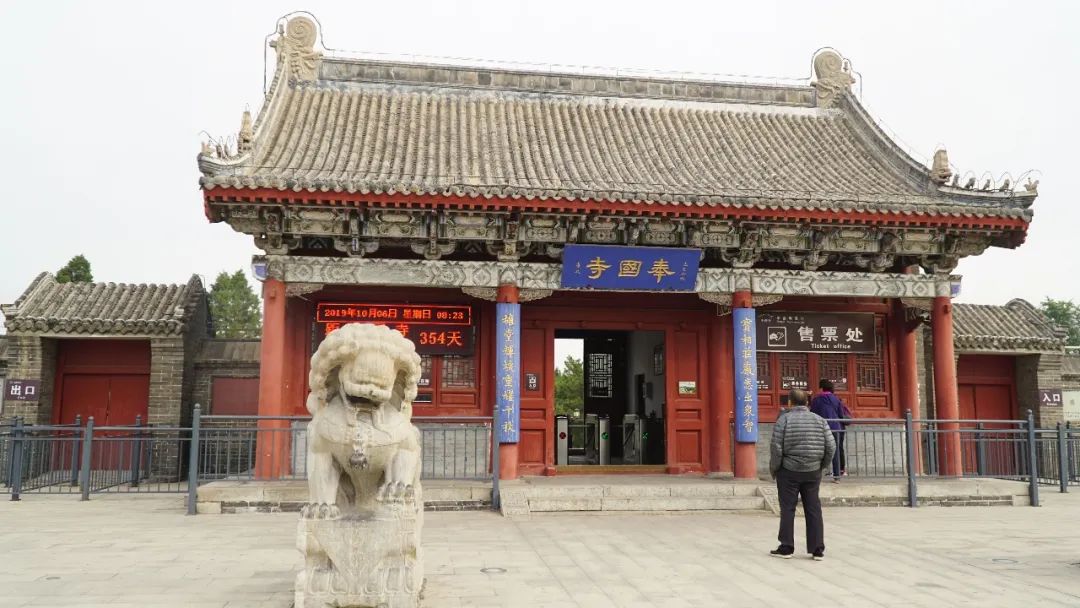
Entrance gate.
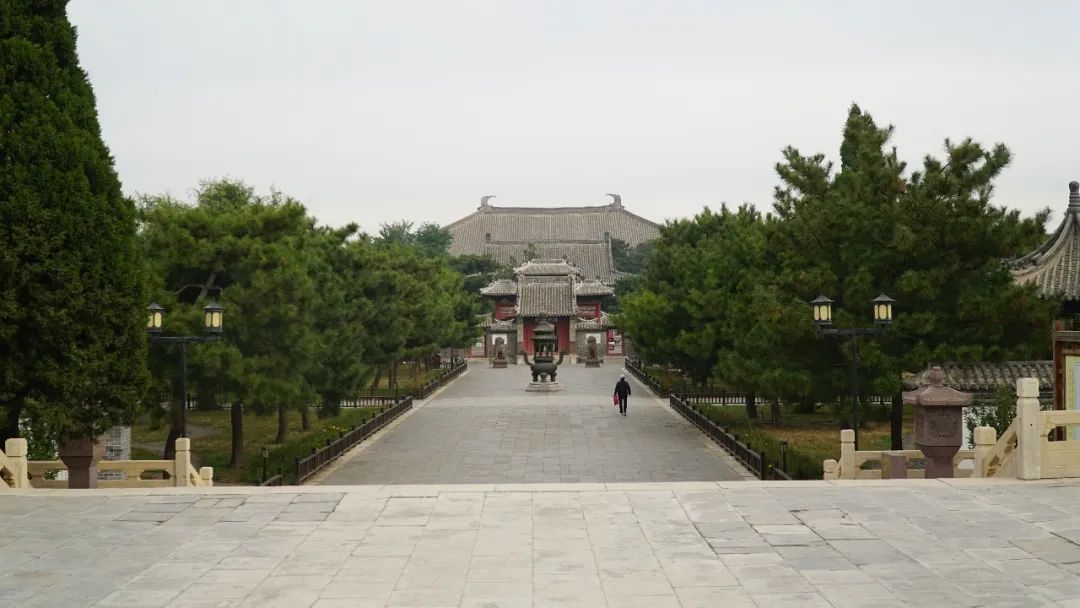
Enter the temple.

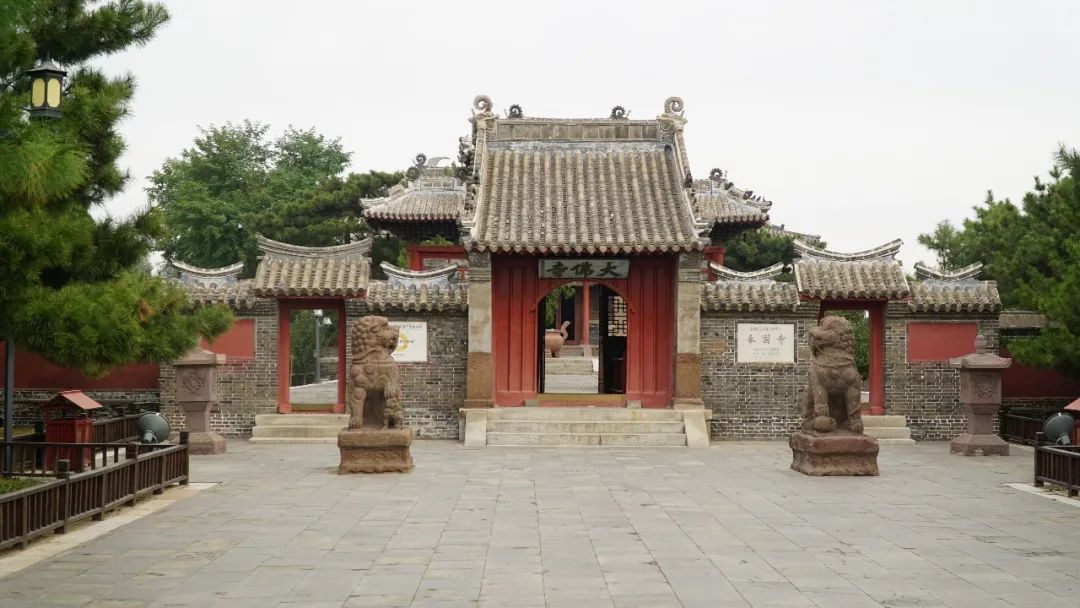
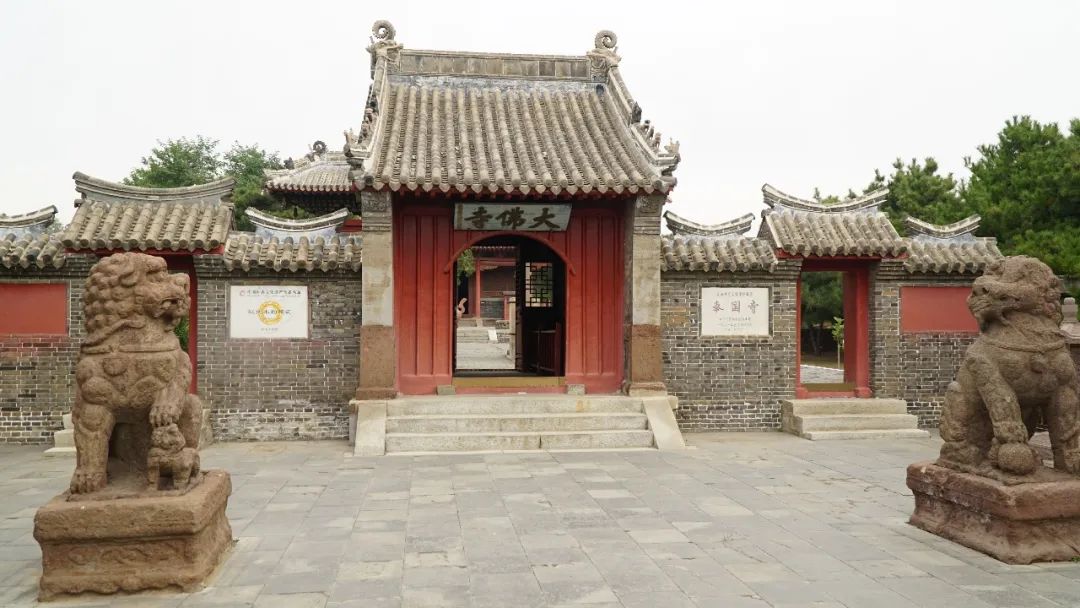
There is also a small door inside, which is called the Big Buddha Temple.
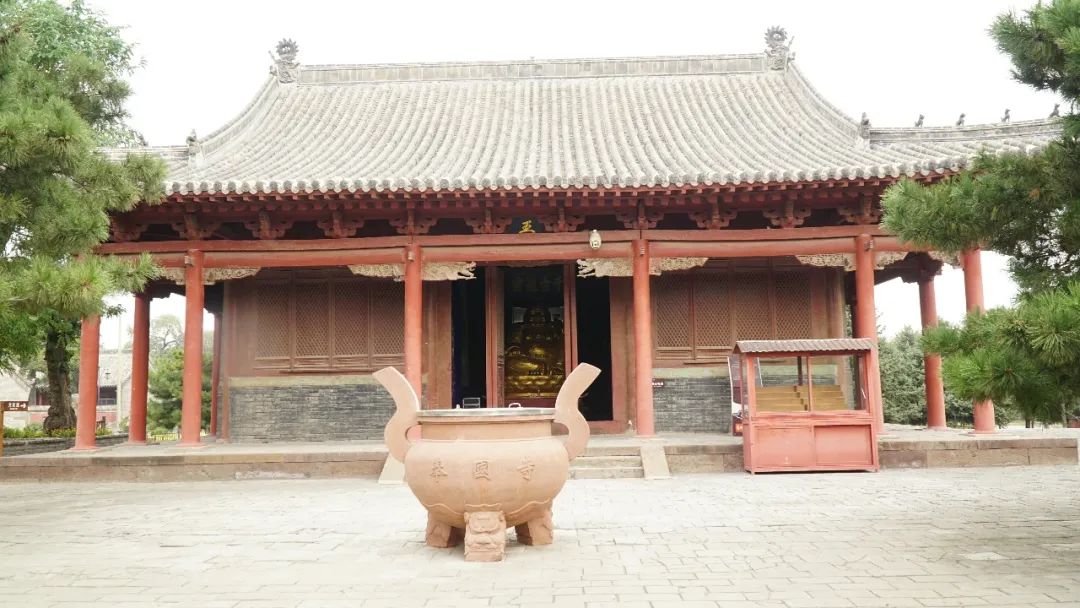
The orthodox temple, after entering the gate, is called the Heavenly King Hall. In the middle is Maitreya Buddha, also known as the Future Buddha, and the four Heavenly Kings of Growth, Holding the Country, Duowen, and Guangmu. According to the different magical weapons held by the Heavenly Kings, the Southern King holds the sword, dances The sword generates "wind"; the east hand holds the pipa king, vibrato "tuning" the sound; the north holds the umbrella king, shielding the wind and "rain"; the west holds beads in one hand, and the dragon (or snake) king in the other hand, surrendering to "shun", four Each of the instruments held by the Great Heavenly King has a word, which means wind, tune, rain, and smoothness. In the middle is the Maitreya Buddha, also known as the Future Buddha. Behind the Maitreya Buddha statue is the god general Wei Tuo Bodhisattva who was invited in the 31st year of Wanli in the Ming Dynasty. The murals on the walls around the Temple of the Heavenly King depict the story of Sakyamuni's eight stages from birth to nirvana.

After passing through the Tianwang Hall, there is the Daxiong Hall at the back. Note that this is called the "Daxiong Hall", not the "Daxiong Palace".
Daxiong Hall is the largest single-story wooden structure building in ancient Chinese architecture and is known as "China's No. 1 Daxiong Palace". Daxiongjeon is built on a 3-meter-high platform. It is a five-ridged single-eaves veranda style. It is nine rooms wide, 48.2 meters long, five rooms deep, 25.13 meters wide, 21 meters high, and has a construction area of 1,829 square meters. It is the top building of Buddhism. The seven giant Buddhas in the hall are original Liao Dynasty statues. From east to west, they are Kassapa Buddha (Noble Person Buddha, Achievement Buddha), Detention Sun Buddha (Peace Buddha), and Corpse Abandoned Buddha (Health Buddha). ), Vipasshi Buddha (Buddha of Prosperity, Wisdom Buddha), Visabushi Buddha (Buddha of Good Luck, Buddha of Wealth), Kunagamuni Buddha (Buddha of Light), Shakyamuni Buddha (Founder of Buddhism), The seven Buddhas all sit on the Sumeru throne, which is more than 9 meters high. In particular, the Vipassana Buddha in the center is the tallest, with a height of 9.5 meters. Because the "seven Buddhas of the past" are placed side by side in the same hall, the Buddha Sakyamuni is unique among them, which is unique in the Buddhist world. In addition, there is an attendant Bodhisattva standing opposite each other on the left and right in front of each Buddha. They are 2.5 meters high, a total of 14 statues. The Bodhisattvas may be looking up or down, standing sideways or looking straight, with their feet on a lotus flower. The treasure is solemn and lifelike.
At the east and west ends of the Buddhist altar, there is a statue of the Heavenly King, 3.5 meters high, holding a pestle and holding its head high, strong and mighty. What’s even more amazing is that behind the Vipassana Buddha is a seated Avalokitesvara carved in the Ming Dynasty. The statue retains the charm of the male statue of Avalokitesvara before the Tang Dynasty.
These seven giant Buddhas made me feel that my trip was worthwhile. I didn't expect that the land of western Liaoning still has so much cultural heritage.
As a true work of the Liao Dynasty, the dust on the Buddha statue has reached a thick layer today and cannot be swept off. So when we went in to visit, we found that the Buddha statues were covered with frames. The temple hired a professional from Shaanxi to A cultural relics team came to clean the Buddha statues. Professional people did professional work. This team was the team that had cleaned the Terracotta Palace. Coincidentally, there were staff in the temple introducing anecdotes about protecting these giant Buddhas during the WG. It is said that Premier Zhou personally ordered that these Buddha statues be preserved.
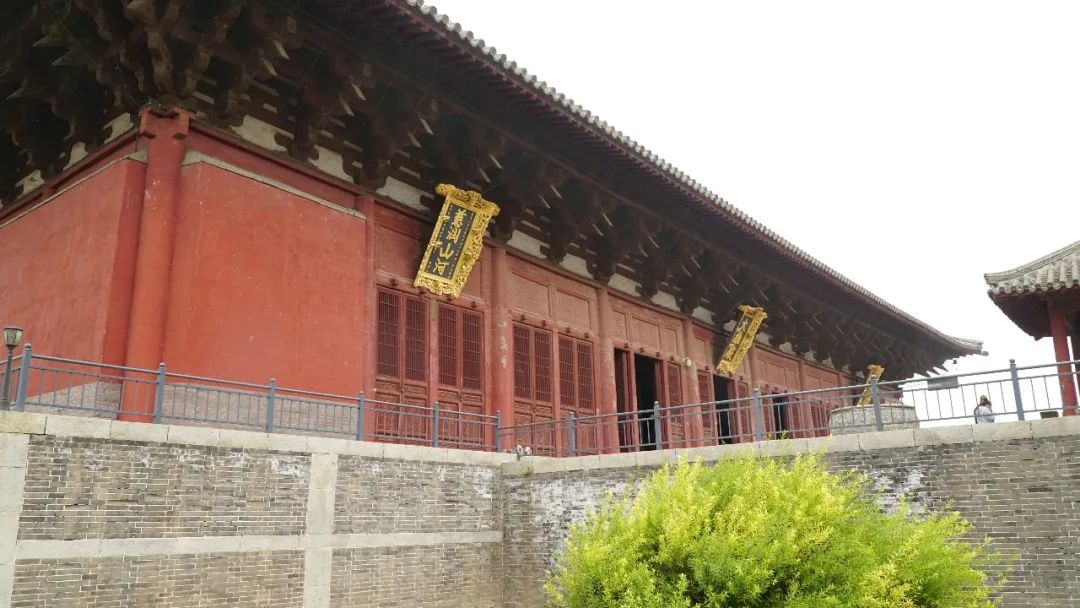
After leaving the Main Hall, let’s look at other contents of the temple.
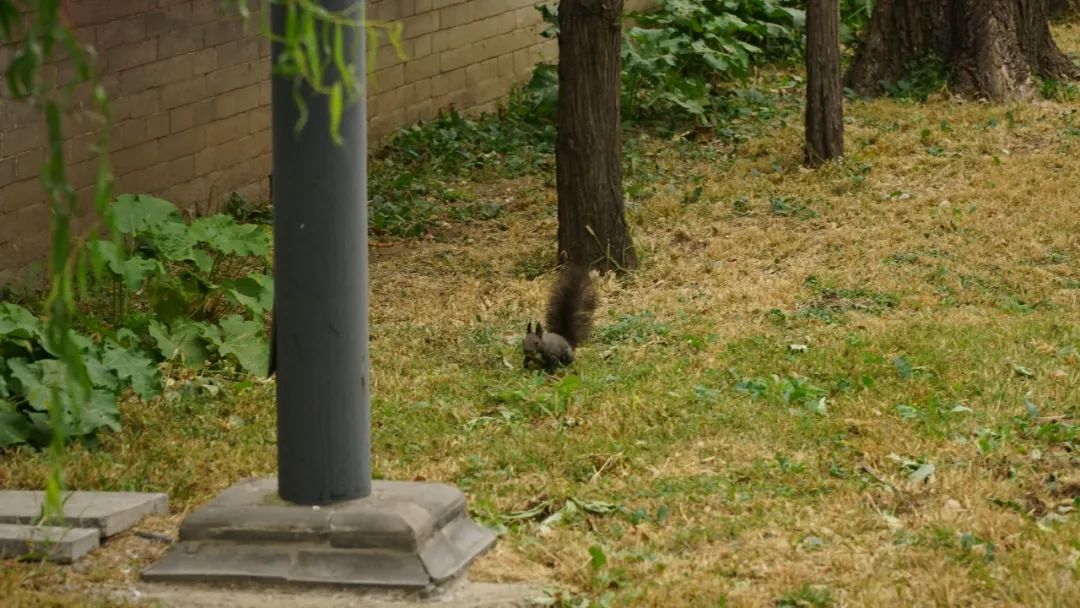
I actually found a squirrel.
After leaving the Thai Temple, we headed towards today’s next goal – the Ten Thousand Buddhas Hall.
The Wanfotang Grottoes are located on the north bank of the Daling River, 9 kilometers northwest of Yixian County, Liaoning Province. As of 2015, they are the oldest and largest grottoes in Northeast China. They are also the northernmost and most easterly grottoes in the Northern Dynasties in China. The Wanfotang Grottoes were built during the Northern Wei Dynasty. Due to years of natural weathering and disrepair, most of the grottoes have been damaged and collapsed and no longer exist. It is known as a treasure house of grotto sculpture art in northern China. At the same time, the Wanfotang Grottoes is a scenic spot that integrates cultural landscapes and natural landscapes. In 1988, it was designated as a national key cultural relic protection unit.
In layman's terms, this place has something to do with the Longmen Grottoes. They were built at about the same time, and it seems that the author is the same person.
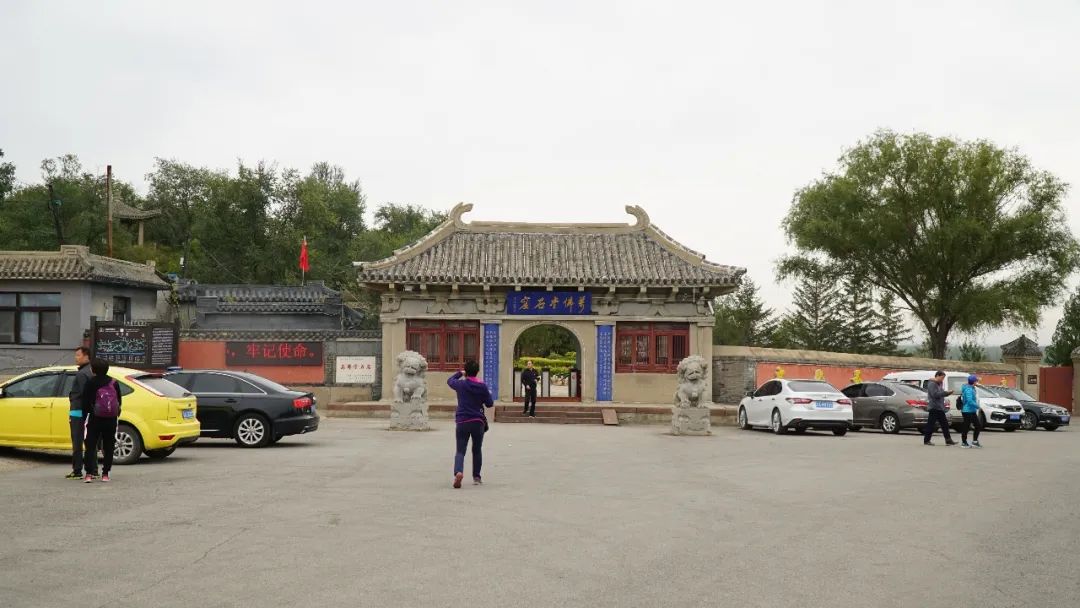
The entrance is not big, and there is a small parking lot. Of course, there are not many tourists, so it is enough. Because the local culture is so rich, we hired a tour guide to explain it.
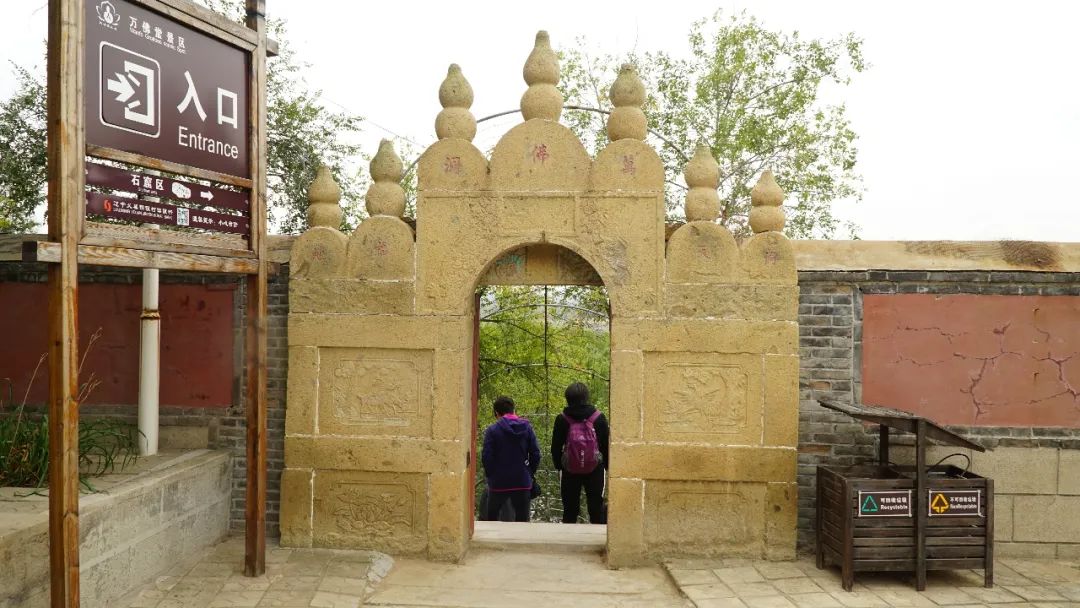
After entering the gate, go down from this small door to the river, which is the real grotto.

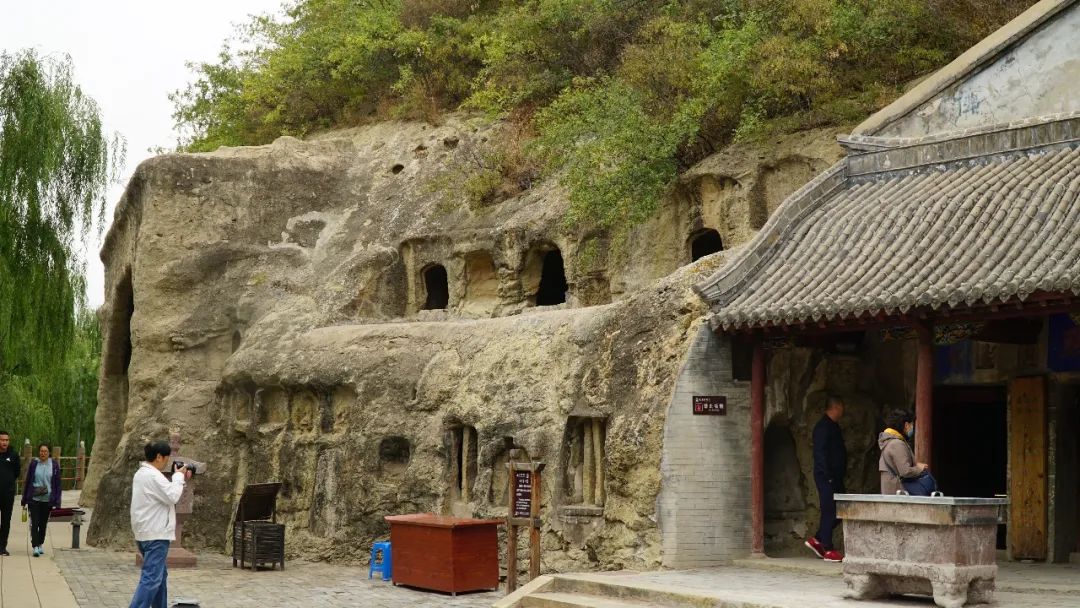
In the first cave in the west area, there are three Buddhas carved on each of the east, west, and north walls. They were restored after clay sculptures, and their faces are no longer recognizable. The Buddha statues and donor figures on the upper part of the square tower in the center of the cave are precious relics of the Northern Wei Dynasty. The four lower Buddha statues were added for future generations.
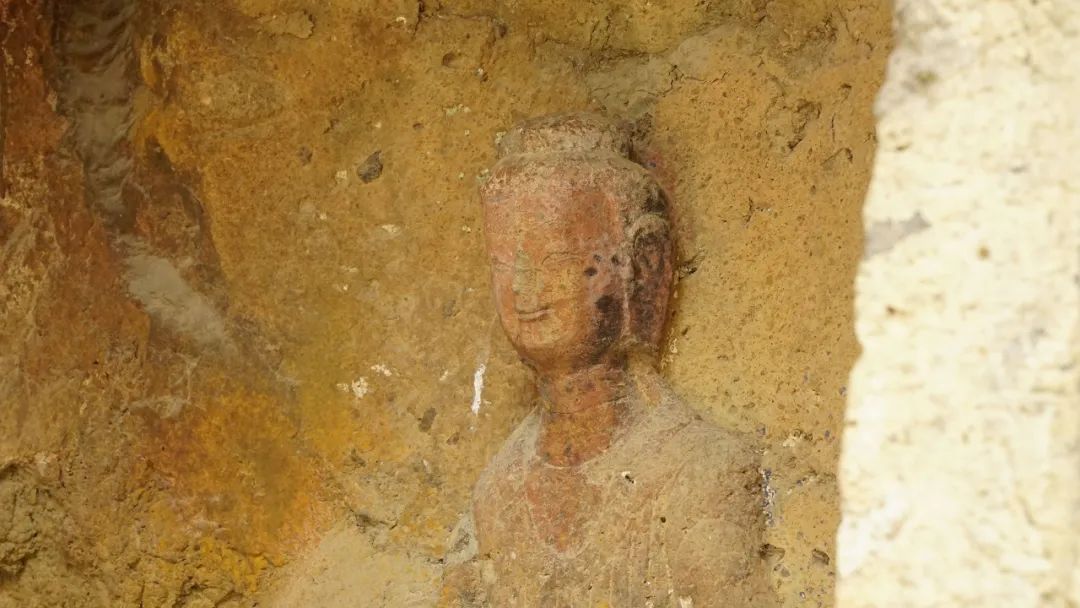
The Buddha statue inside basically looks like this.
The most valuable thing here is the Wei stele in the treasure house. The calligraphy on a stone is now heavily protected and is called "the best of all Yuan and Wei steles" by Liang Qichao and Kang Youwei. The scenic spot published this rubbing for sale, but after thinking about it, we still didn’t buy it. If we bought it, we would end up throwing it away somewhere, so it wouldn’t be such a hassle!

Wanfotang Grottoes is a scenic spot integrating cultural landscape and natural landscape. She faces the Daling River in front of her and Fushan Mountain in the back. She looks at the mountains and mountains from afar and the forest, sea of trees and rippling blue waves from up close.
There are also various newly carved Buddha statues, immortals and the like at the back of the scenic spot. The system is very messy. Even the "Five Links God" and the like occupy a place, so it is not worth describing anymore. It is still worth wasting some time. some. There is the same place selling souvenirs at the exit. There are all kinds of small Buddha statues here, which is not a place we are interested in.
During this period, we communicated with the tour guide we invited. It turned out that she was the scenic spot’s own tour guide. She did not have a nationally recognized tour guide certificate and was a local food stamp.
It was already afternoon when we set off from here. On the way back to Shenyang, we had to solve one last thing, food. From the road, we passed through Linghai City. I had never been to this place anyway, so I decided to go in and found a restaurant called " We drove all the way to the small shop called "Sister and Brother Pancake". The taste was not as good as expected, and the method of making pancakes was different from what we imagined, but it definitely added to the experience.
